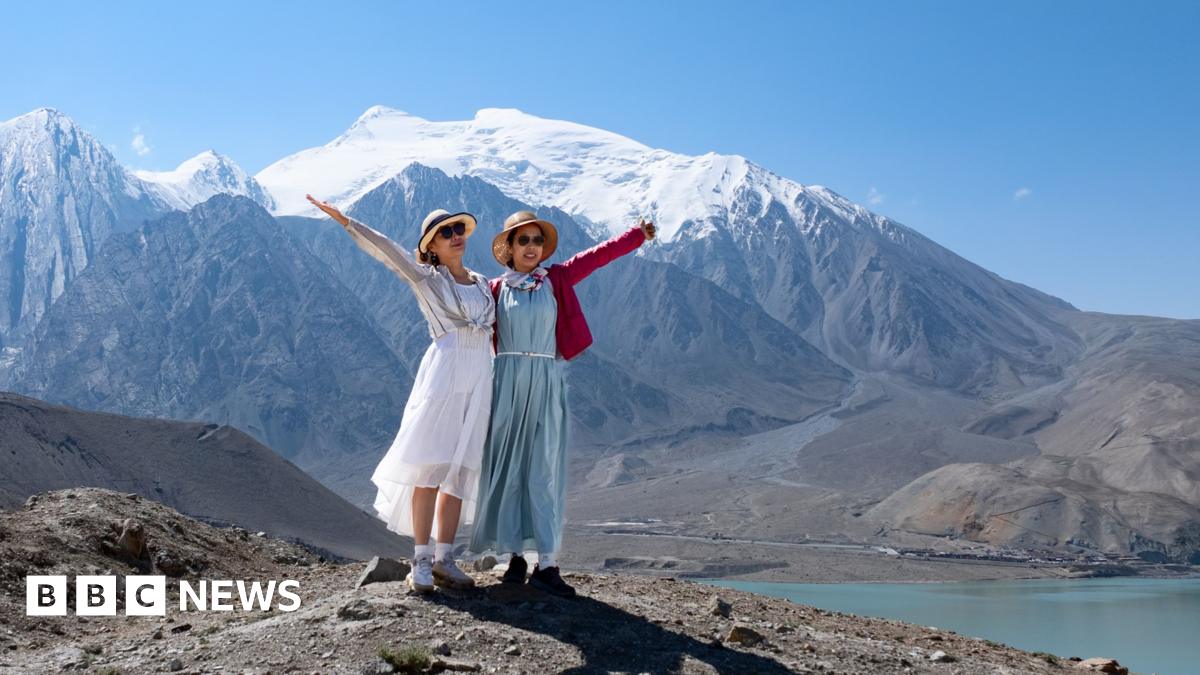When Anna went for the second time, it was with her mother, who was eager to visit after watching a drama series set in the mountainous Altay prefecture in the north. The series, To the Wonder, was funded by the government and promoted on state media.
Altay has plenty of fans on the Chinese internet. “Who would have known that I’d wander into God’s secret garden in Altay? At the Ka Nasi Lake, I finally understood what it means to be in paradise. This is a place where the romance of mountains, rivers, lakes and the seas are woven together in a single frame,” reads one comment on RedNote.
Another says: “At dawn, I watch from the guesthouse as the cattle graze the fields. Golden birch forests glow in the sunlight, and even the air seems wrapped in sweetness – such undisturbed beauty is the Altay I’ve always longed for.”
Travel agencies describe the region as “exotic” and “mysterious”. It offers a “magical fusion of nature and culture you won’t experience anywhere else in China”, says one such agency, The Wandering Lens. The prices for these tours vary. A 10-day trip could set you back between US$1,500 and US$2,500 (£1,100-1,900), excluding flights.
A typical itinerary for the north would include the Kanas National Park, with outings to alpine lakes and the popular five-coloured beach, and a visit to a Uyghur village where you can ride on carriages and spend time with a Uyghur family.
Things get more adventurous in the south, where trips often include drives through the desert, various lake excursions, and a visit to Kashgar, a 2,000-year-old Silk Road city.
Visitors share their itineraries online, complete with coloured-coded route maps and snaps of Uyghur delicacies, like the spicy stew, “big plate chicken”, grilled lamb skewers, and wine made with horse milk. Some even mention “hours-long performances that recreate the splendour of the Silk Road”.

